The Illuminated Wonder Book recently launched on Kickstarter. A brand new collection of Nathaniel Hawthorne’s heroic adaptations of Greek Myths and bolstered by the work of master artist Das Pastoras, the tome gives backers a one-of-a-kind Promethean art book the likes of which have not been seen before. The campaign has already amassed over $40,000 of its $100,000 goal, and The Beat just had to know more about the project.
We reached out to project creator Jose Villarrubia and editor Josh O’Neill for more about the project!
DIEGO HIGUERA: What made A Wonder Book for Girls and Boys the right title for Beehive’s Illuminated Editions series, and what drew you personally to this project?
JOSH O’NEILL: I was drawn to the project out of a love of Greek myth and a love of these paintings. Das Pastoras was already working on this portfolio as a passion project before Beehive ever got involved, and when Jose Villarrubia first shared it with me, I was blown away by their scale and vision. I love the A WONDER BOOK specifically — there’s also something special about the way Hawthorne handles these ancient tales, something playful and eerie and nostalgic all at once. Pairing that with the visionary, almost mystical quality of illustrations felt like a perfect alchemy, the kind of thing we’re always trying to create with our Illuminated Editions series. And to work with authors like Jose, Guillermo Del Toro, and Kate Bernheimer, bringing it all together, was such a privilege.
HIGUERA: Das Pastoras’ paintings bring a mythic and emotional intensity to these stories. What was the collaboration process like in pairing his art with Hawthorne’s text?
JOSE VILLARRUBIA: Das Pastoras is an experienced illustrator who has worked on a wide variety of subjects throughout his long and prolific career. However, his favorite genre is Heroic Fantasy. He has illustrated many RPG rule books based on Moorcock’s Elric of Melniboné. His first international success was a series of graphic novels titled Deicide in their English editions, featuring a barbarian protagonist. Four years ago, he also illustrated a deluxe edition of the Twelve Labors of Hercules for a Spanish publisher, Hércules 1416, which won the national award for Best Designed Book. So, A WONDER BOOK was the natural next project. Das Pastoras read and loved the stories, selecting scenes that inspired him the most to illustrate. There was basically no supervision—he’s a master artist who knows exactly what to do.
HIGUERA: This edition features some of Beehive’s most ambitious production work, including tipped-in plates, foil-stamped slipcases, and a clamshell housing with metal plates. What were the biggest creative or logistical challenges in bringing this to life?
O’NEILL: Our Illuminated Editions are always printed on beautiful, creamy, uncoated paper, which can make working with paintings quite a challenge, as it’s hard to reproduce rich, deeply saturated colors like the ones in Das Pastoras’ portfolio. So, we took this as an opportunity to replicate one of my most beloved production touches from Victorian illustrated novels, the tipped-in illustration. This allows us to print on paper that nearly perfectly reproduces the painted colors, while keeping our wonderfully tactile uncoated paper and giving the whole thing a beautifully hand-assembled quality.
HIGUERA: Guillermo del Toro writes that great illustrators co-author and redefine a tale. Was there a specific moment when Das Pastoras’ vision of a myth changed how you saw the story?
VILLARRUBIA: Pastoras is a perfectionist. Each image he paints has multiple layers of meaning. The first is their dramatic impact, thanks to his mastery of composition. But on each subsequent viewing, you notice small details that deepen the story: background elements, secondary characters, the design of the costumes, the patterns—all contributing more than just their individual parts. I could say this about any of his works, but for example, in his picture of Baucis and Philemon entertaining Zeus and his son Hermes, you initially see the scene as Hawthorne described. Then you realize he’s depicting the three ages of man—Hermes as the youth, Zeus as the mature man, and the hosts in old age. Finally, you might spot the couple’s cat under one of the benches, probably licking up a bit of the magical milk spilled from the pitcher.
HIGUERA: The essays by Kate Bernheimer and José Villarrubia add literary and historical depth. How did you choose your contributors, and what perspectives were you hoping to bring into the book?
O’NEILL: Kate Bernheimer is one of the foremost thinkers on fairy tales and myth in contemporary literature, and she brings a deep sensitivity to the way these stories function on both symbolic and emotional levels. Her work bridges the academic and the imaginative, and that felt right for a book that’s both scholarly and dreamlike. She’s also been working on Hawthorne lately, so it was a perfect symbiosis with her current research. Jose was one of the people who put this project together, so he was more than just an essay author. But his essay brings a wealth of insight into visual storytelling and the legacy of illustrated books. As an artist, teacher, and one of the premier scholars of the Golden Age of illustration, he’s uniquely positioned to contextualize Das Pastoras’ work within the long history of mythic illustration. We hoped their essays would illuminate different layers of the project, Kate from the literary side, José from the visual, helping readers see the book as both a cultural artifact and a living, evolving piece of storytelling.
HIGUERA: This edition feels layered for readers of all ages. How did you approach adapting or presenting that balance in both the text and the art?
O’NEILL: Das Pastoras brings a sense of grandeur and wildness to the imagery. As it often is, his work here is grand and heroic but also dark, muscular, and even unsettling. His work taps into the primal forces of the myths themselves, which children can feel intuitively and adults can contemplate intellectually. These are expensive collector’s editions, so the artwork is not pitched specifically at children, but our dream is that readers will share these books with their children, read them these stories, and appreciate the images with them.
HIGUERA: What do you hope readers take away from this edition that they would not get from a traditional or previously illustrated version of A Wonder Book?
VILLARRUBIA: What we hope that the reader of this book gets from this new edition is a fresh look at an old classic, based on stories from thousands of years ago. In the first decades after it was written, most prominent illustrators of their day jumped at the chance to illustrate these stories. They include Walter Crane, Arthur Rackham, Edmund Dulac, Maxfield Parrish, and many other beloved creators from the turn of the 20th century. But the book had not been properly illustrated in a hundred years! Das Pastoras brings an aesthetic that is deeply rooted in traditional illustration, but also, more than anyone before, gives the characters human and superhuman qualities that have not been revealed so clearly in the past.
HIGUERA: Any last words to fans of the project, or even something you want to put out there to readers?
VILLARRUBIA: If you love illustrated books like Guillermo del Toro, Josh, and I do, this book is a must-have. It has been a labor of love for those involved, and we hope that it shows.
To find out more check out the project’s Kickstarter before its too late!


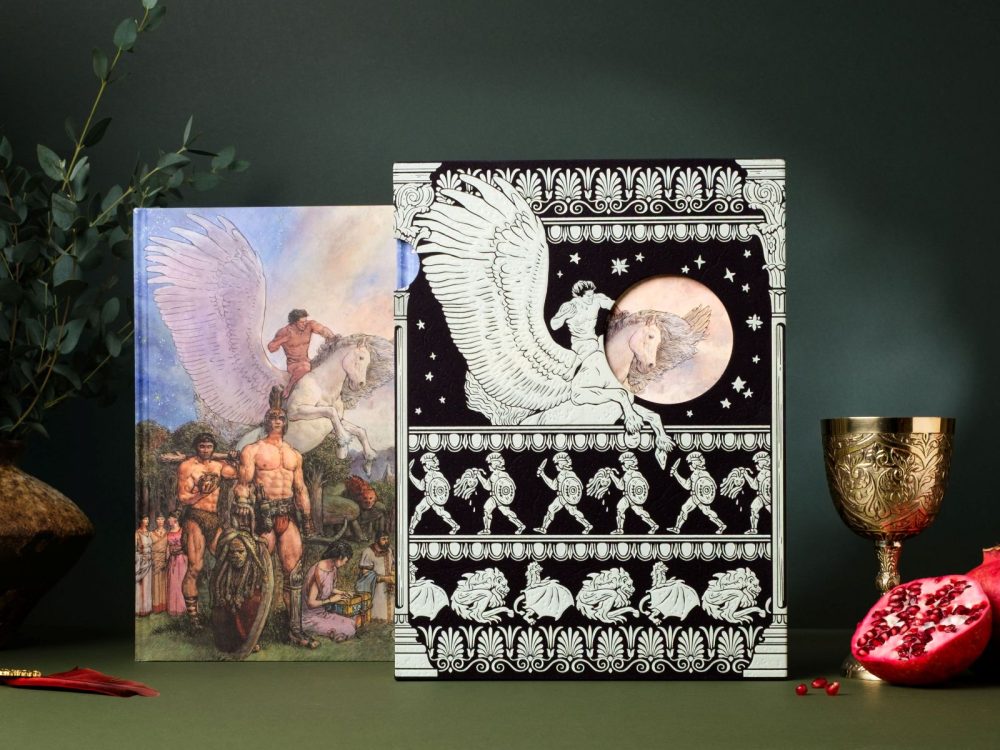
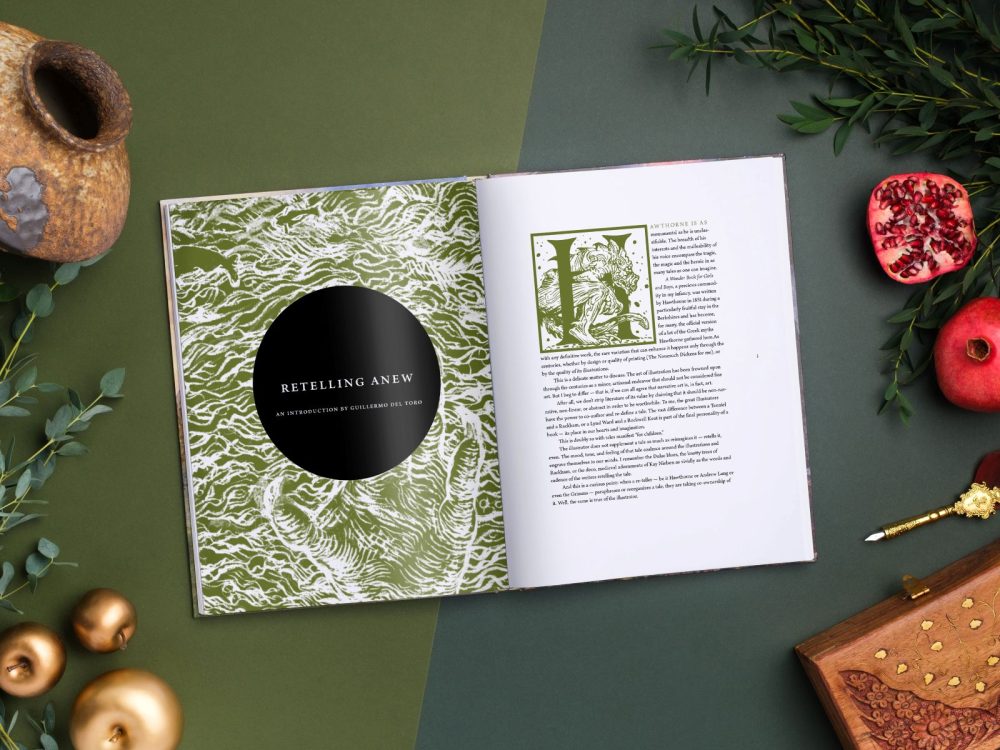


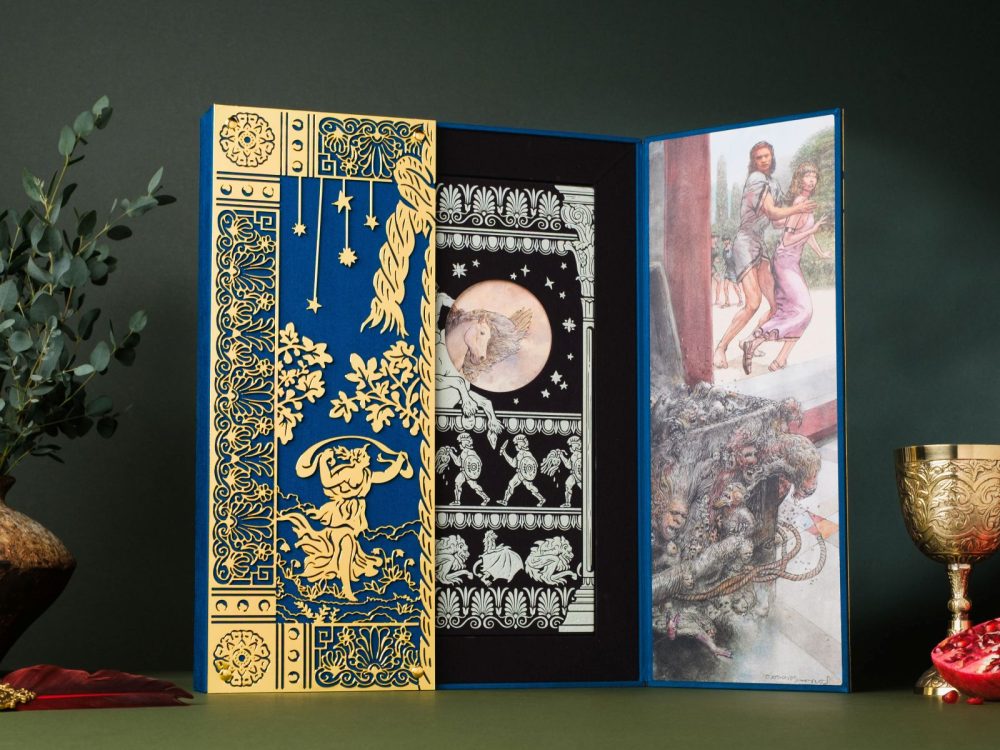
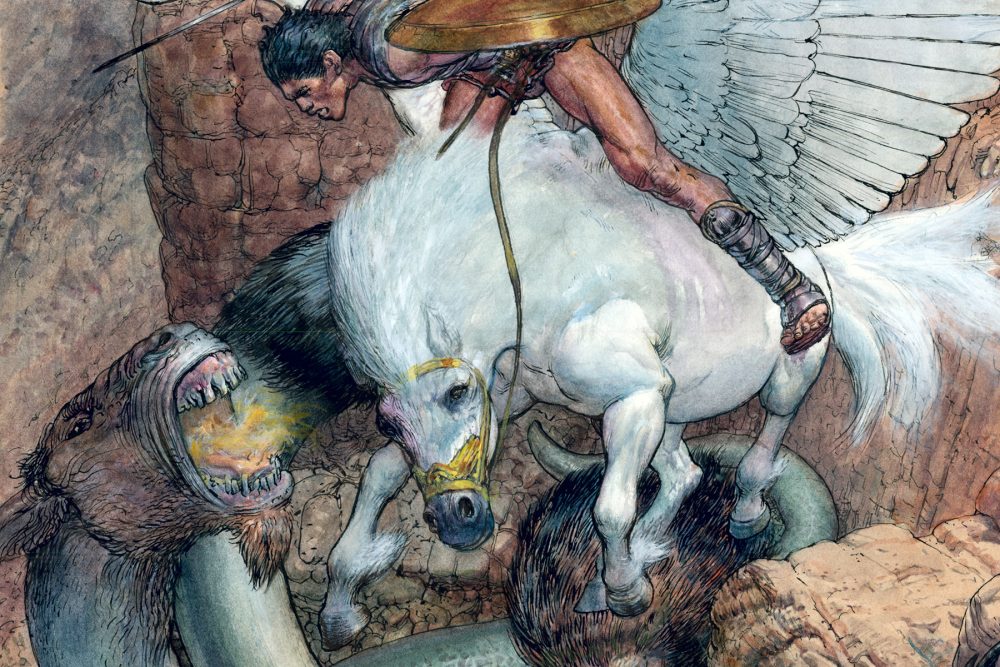
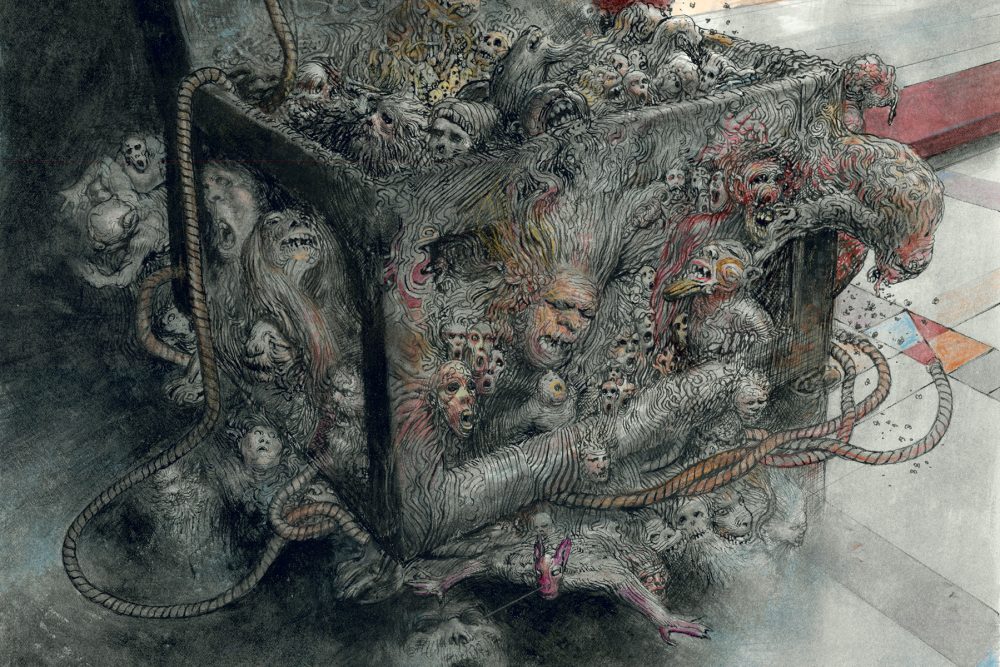










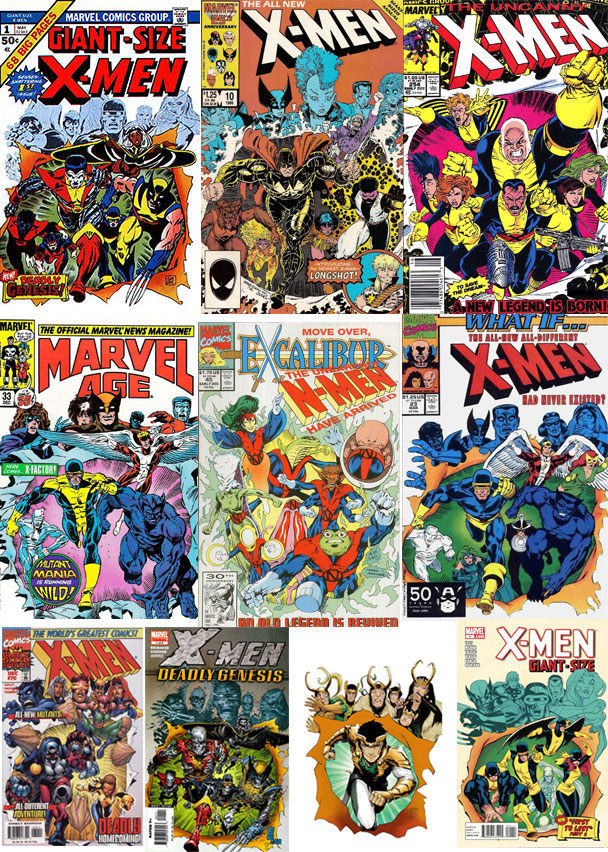







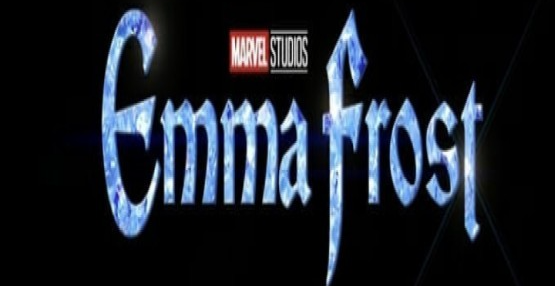
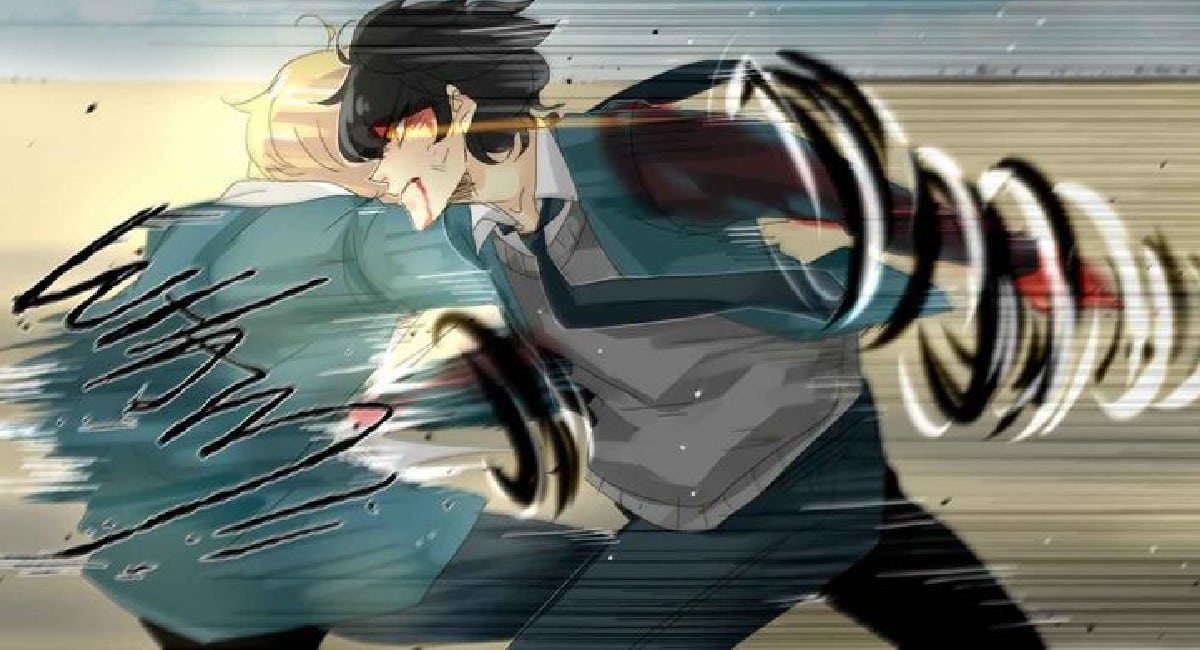
 English (US) ·
English (US) ·